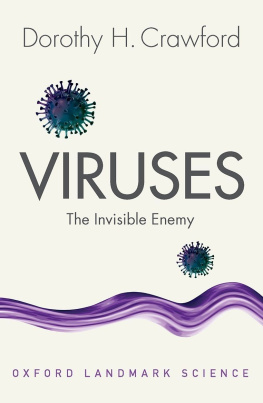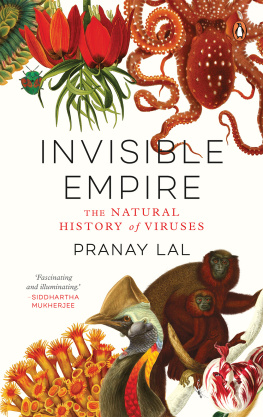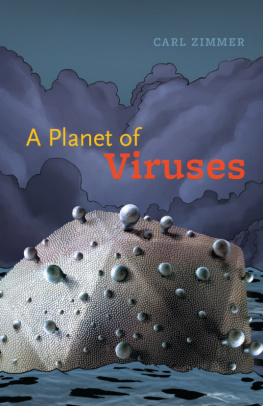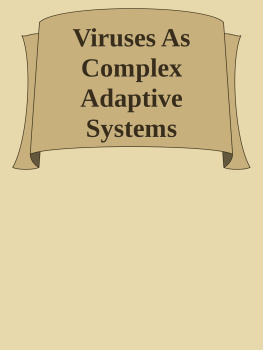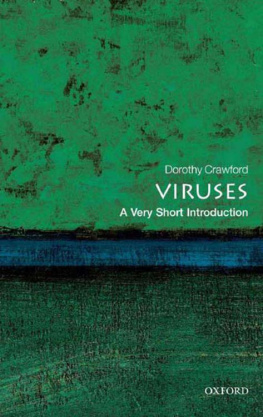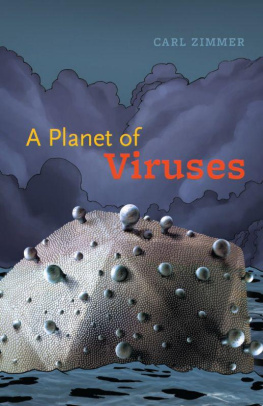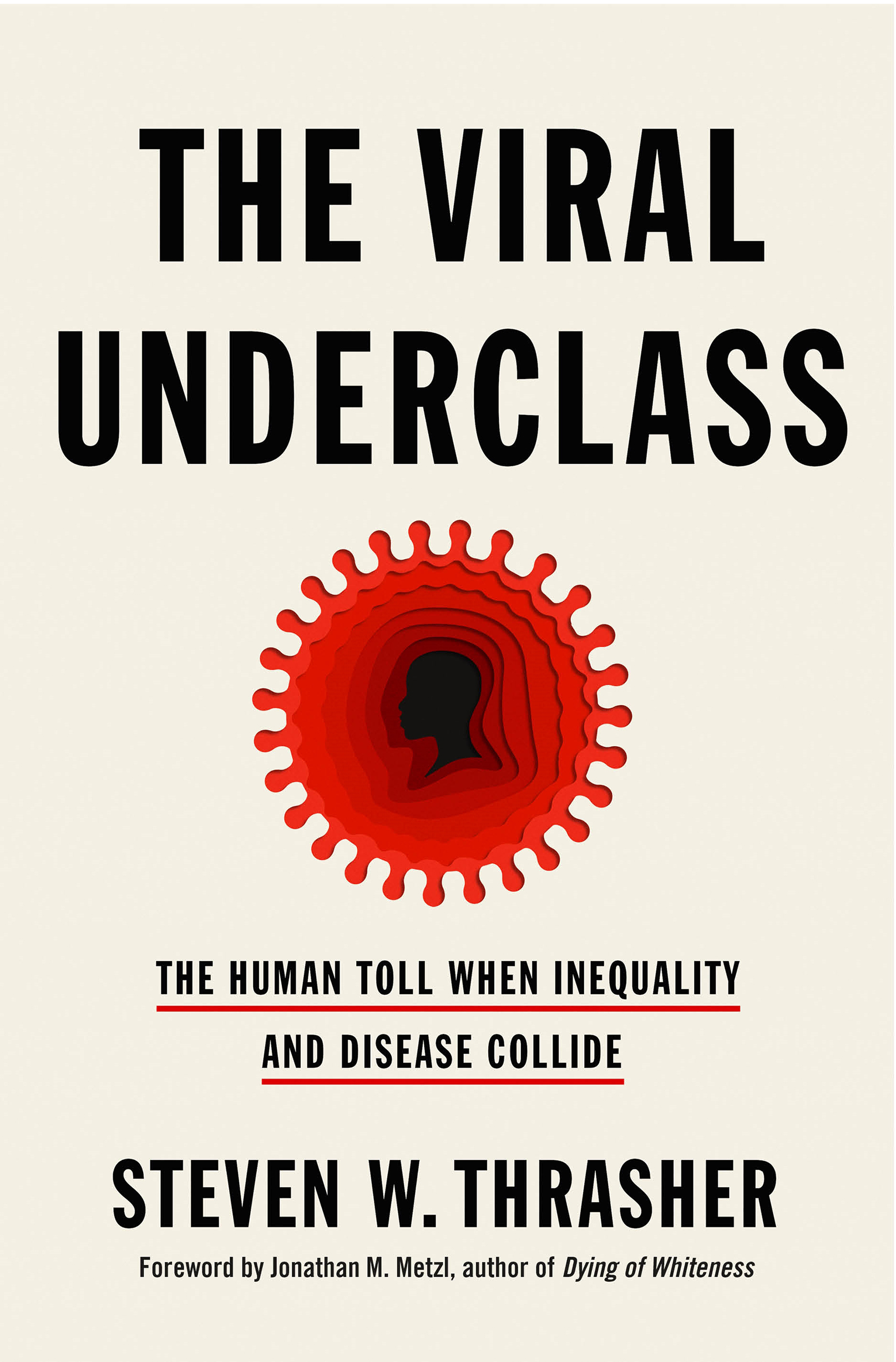Contents
Guide
Pagebreaks of the print version
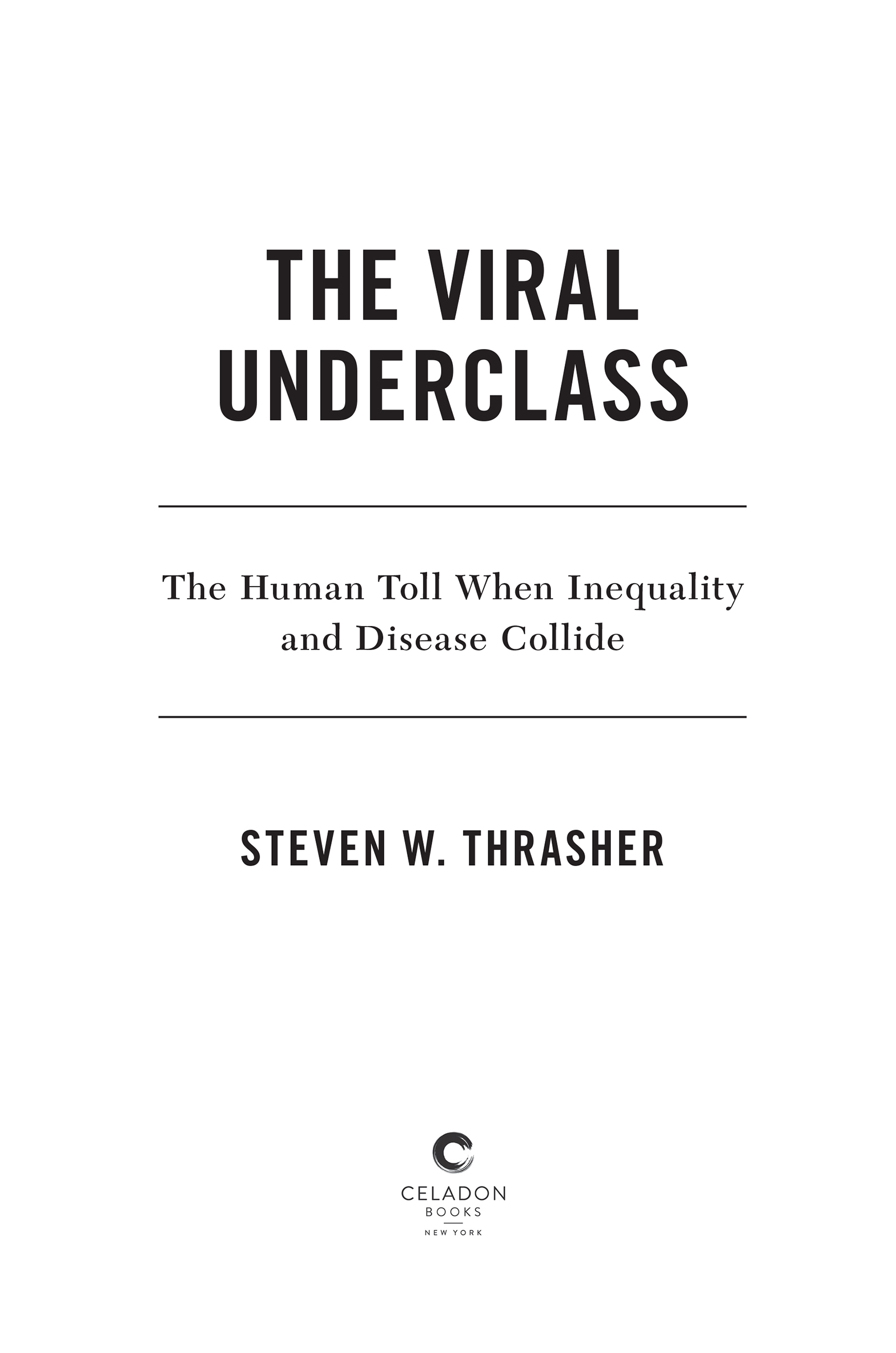
The author and publisher have provided this e-book to you for your personal use only. You may not make this e-book publicly available in any way. Copyright infringement is against the law. If you believe the copy of this e-book you are reading infringes on the authors copyright, please notify the publisher at: us.macmillanusa.com/piracy.
for
Syed Ali, Eli Pollard,
Tanya McKinnon,
Christopher Statton,
and
Matt Mager
The world is one big petri dish.
ALICE WONG ()
The sirens with which Steven Thrasher opens this tragic, beautiful, erudite book announced what seemed at the time to be a common threat to shared humanity.
It was late March 2020. He was in Brooklyn, as was I. The world as we knew it was upside down. The novel coronavirus had sickened and killed people in places like China and Italy. Now it was here, among us, in our air.
Those early days of the COVID-19 pandemic saw a range of responses in New York and then elsewhere that in many ways presaged what was to come. Denial was chief among them. For many people, viral pandemics happened overseas or over there, places with mosquitoes or dirty water, or where people ate or did the wrong things. Surely America was protected by the nature of our capitalist spirit, our resolve, our scientific advances. People who felt this cast the response to the pandemic as overblownthis thing will be gone in two weeks, its no worse than the fluand went on with their daily lives.
At the other end of the spectrum sat terrified doomsayers, people glued to their news feeds for developments or information who left their apartments only long enough to rush to bodegas or supermarkets to load up on ever more toilet paper, Clorox wipes, boxes of pasta, and other everyday items whose utility they had never fully appreciated until now.
In the middle were the confused, the I-dont-care-ers, the whats-going-on-ers, and those who felt that whatever was coming down the pike was inevitable.
This range surely represents the gamut of responses to many tragedies, from wars to 9/11, and the vastly different ways people process threats. But the sirens put an end to all that. The sirens, inescapable and penetrating in those early days, weeks, and months, piercingly announced that social psychology was irrelevant to the new apex predator in our city. It didnt care how you felt, who you were, what sports team you liked, or what you ate for lunch that day. It just wanted to infect humans.
The sirens announced that the virus, and not human minds, would set the narrative. And for one brief moment COVID seemed an equalizer. No one was safe until everyone was safe. Infection anywhere was a threat to people everywhere.
But just as quickly, that moment was gone. More sirens, then even more. The crescendo of it all revealed that though we were all equally vulnerable to the novel pathogen by nature of our earthly humanity, some people were more vulnerable than others by nature of preexisting fault lines, not of biology but of society.
As the virus traveled down streets and into subways and then through towns and communities, its suffering tracked along layers of disparity. It quickly became clear that illness and death reflected existing, mutually reinforcing systems of discriminatory housing, education, employment, earnings, health care, and criminal justice. Paths of COVID suffering and loss illuminated centuries of support systems that America did not build, investments it did not make, opportunities it did not allow.
As but one example, it was soon evident that early rates of COVID death in cities like New York mapped onto socioeconomic neighborhoods, leaving white populations with higher income and wealth relatively unscathed while decimating neighborhoods with lower-income and lower-wealth Black and Latinx populations. And the sirens that blared through days and nights topped ambulances that disproportionately carried people who already suffered from housing insecurity, or lived in multifamily or multigenerational housing where social distancing was not an option, or worked essential jobs that exposed them to the virus without necessary protective equipment. Many of these people did not even make it into ambulances at all. Among the din, they died in silence.
The sirens, in other words, portended not just doom but decision for people in cities like New York and in countries like the United States. Did we, the safely distanced, hear the noise and think we were dying? We, humans. We, citizens. We, neighbors, workers, parents, friends of friends. Or did we breathe relief and autonomically think they are dying? They, the deserving. They, the disposable. They, the viral underclass.
The former response is what should have happened. If we were at risk, then we could have taken collective action to seriously address inequity, build vibrant common structures, and create ever more of the kinds of social capital or social cohesion through which healthy societies survive in pandemics. Building social capital based on common ground, in turn, would move us closer to what economist Amartya Sen calls better societies, which can emerge from moments of crisisin which peril sparks appreciation of our shared humanity and a renewed drive toward building mutually beneficial infrastructures that persist well after the crisis has subsided. National health care systems, for instance. Or reformed police, more vibrant food distribution networks, protected climates, and closed wealth gaps. Or wider roads. As Sen explains it, societies that react to moments of crisis by democratizing access to resources, health, and decision-making power come out ahead in the long run.
Instead, despite profound individual moments of bravery and heroism, we as a nation responded to the sirens via the latter reflex, and in the ways that Steven Thrasher powerfully exposes in this remarkable book. As he rightly puts it, we responded, as so many others have responded in the global instances he also tracks, by magnifying
the divisions already present in our world. In 2020, it quickly became apparent in the United States that the novel coronavirus may not consciously discriminate, because viruses have no consciousness. Similarly, water and fire do not discriminate; they also have no sentience. Yet their effects do discriminate against the bodies of the underclass, because those bodies have been placed in proximity to danger by the structural design of powerful humans.
The cracks in our society widened, as Thrasher rightly describes it. We failed to expand Medicaid or access to quality masks or information, or to build better bridges and repair historic wounds. We failed to become structurally competent. Some people got filthy rich off of the instability of it all (a report by the Swiss bank UBS found the worlds billionaires wealth soared to upward of ten trillion dollars. This has given militaries and governments cover to enforce borders and police populations more harshly), while others were cast into ever more precariousness and instability. And thus the pandemic, like so many before it, highlighted the effects of what sociologist Whitney Pirtle, adopting a term from Cedric Robinson, calls racial capitalism, a system that constructs the harmful social conditions that fundamentally shape biologies, diseases, and pandemic patterns.



